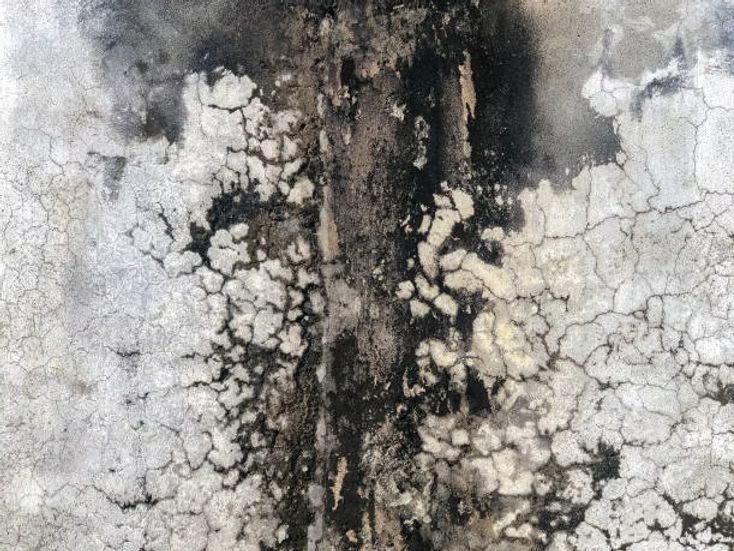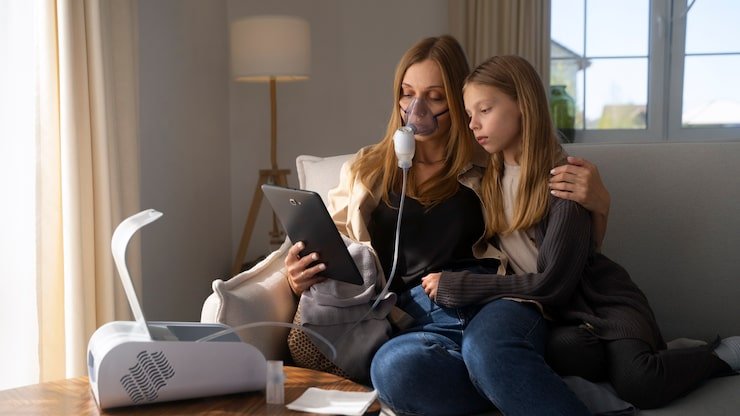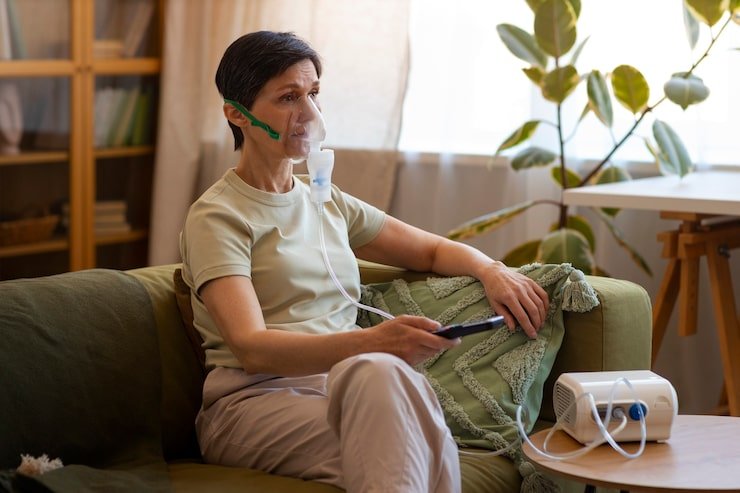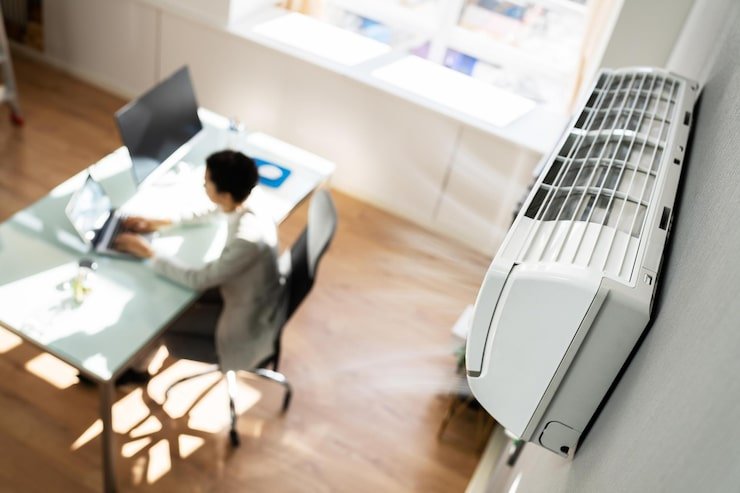Understanding Black Mold: Myths vs. Facts – Separating the Truth from the Misconceptions
- admin323029
- Blog

Black mold is one of the most feared household issues, often associated with severe health risks and costly remediation. However, many myths surround black mold, leading to misinformation and unnecessary panic. If you’ve ever searched for “black mold removal,” “black mold health effects,” or “how to test for black mold,” this guide will help you understand the truth about black mold and how to properly handle it.
What Is Black Mold?
Black mold, scientifically known as Stachybotrys chartarum, is a type of toxic mold that thrives in moist environments. It is commonly found in areas with water damage, leaks, or high humidity, such as:
- Basements
- Bathrooms
- Kitchens
- Attics
- HVAC systems
While black mold can produce mycotoxins, not all black-colored mold is toxic. Many harmless molds can also appear black, which is why professional mold testing is essential to determine the type and severity of a mold problem.
Common Myths and Facts About Black Mold
There are many misconceptions about black mold that cause unnecessary fear and confusion. Let’s separate black mold myths from facts so you can make informed decisions about mold inspection and removal.
Myth #1: Black Mold Is the Only Dangerous Mold
✅ Fact: While black mold has a reputation for being toxic, other molds can also cause health issues. Aspergillus, Penicillium, and Cladosporium are common household molds that can trigger allergies, respiratory problems, and asthma. Any mold growth in your home should be addressed promptly, regardless of its color.
Myth #2: Black Mold Always Causes Severe Health Issues
✅ Fact: Not everyone exposed to black mold will experience severe health effects. However, long-term exposure can cause respiratory issues, skin irritation, headaches, and allergic reactions, especially in children, the elderly, and those with weakened immune systems.
If you suspect mold in your home, consider searching for “mold inspection near me” to ensure your indoor air quality is safe.
Myth #3: You Can Remove Black Mold with Bleach
✅ Fact: Bleach is not an effective solution for black mold removal. While bleach may kill mold on non-porous surfaces, it does not penetrate porous materials like drywall or wood. Mold roots (hyphae) can remain hidden beneath the surface, allowing regrowth. Instead, professional mold remediation is recommended for a long-term solution.
Myth #4: You Can Always Detect Black Mold by Smell
✅ Fact: While mold often produces a musty odor, some mold infestations are odorless. Hidden mold can grow behind walls, under flooring, or inside air ducts, making it difficult to detect without professional mold testing. If you’re unsure, search for “how to test for black mold” to find trusted mold testing companies near you.
Myth #5: Only Old Homes Get Black Mold
✅ Fact: Mold growth can occur in any home, regardless of age. New homes can also develop black mold if they have leaks, poor ventilation, or humidity issues. Routine mold inspections can help detect mold early and prevent costly damage.
Signs You May Have Black Mold in Your Home
Not sure if you have black mold? Here are some common signs that indicate you should schedule a mold inspection:
- Visible black or dark green mold patches on walls, ceilings, or floors
- Persistent musty odor in certain areas of your home
- Water damage, leaks, or past flooding
- Unexplained allergy symptoms (sneezing, coughing, itchy eyes)
- Worsening asthma or respiratory problems
If you notice any of these signs, don’t wait—search for “mold testing companies near me” to get a professional assessment.
How to Test for Black Mold
If you suspect mold growth, professional mold testing is the best way to determine its type and severity. Here’s how a certified mold inspector can help:
- Visual Inspection – Identifying mold-prone areas and visible mold growth.
- Air Quality Testing – Detecting airborne mold spores that may not be visible.
- Surface Testing – Swabbing or tape-lifting mold samples for laboratory analysis.
- Moisture Detection – Using thermal imaging and moisture meters to find hidden water intrusion issues.
Avoid relying on DIY mold test kits, as they often provide inaccurate results. Professional testing ensures you get reliable data and the right action plan.
How to Prevent Black Mold Growth
Prevention is key to avoiding costly mold removal services. Follow these tips to keep your home mold-free:
✔ Control Indoor Humidity – Keep humidity levels below 50% using dehumidifiers.
✔ Fix Leaks Immediately – Address roof, plumbing, and HVAC leaks as soon as possible.
✔ Improve Ventilation – Use exhaust fans in bathrooms, kitchens, and laundry rooms.
✔ Monitor High-Risk Areas – Regularly check basements, attics, and crawl spaces for moisture buildup.
✔ Schedule Routine Mold Inspections – Early detection prevents serious mold infestations.
By taking these preventive steps, you can reduce the risk of black mold growth in your home.
What to Do If You Find Black Mold in Your Home
If you discover black mold, follow these steps:
- Do NOT Disturb the Mold – Scrubbing or attempting DIY removal can release toxic spores into the air.
- Isolate the Area – Close off the affected space and avoid spreading spores to other areas.
- Contact a Professional Mold Inspection Service – Search for “black mold removal near me” to find certified mold remediation experts.
- Follow Professional Recommendations – A mold inspector will provide a detailed report and guide you on the best remediation methods.
Final Thoughts
Black mold is a serious concern, but not all the information online is accurate. By understanding the truth behind black mold myths, you can take the right steps to protect your home and health.
If you suspect mold growth, don’t rely on guesswork. A professional mold inspection can identify hidden mold, test your indoor air quality, and ensure your home is safe from toxic mold exposure.
Are you searching for “mold testing companies near me”? Our certified experts provide comprehensive mold inspection services to detect and address mold issues before they become a major problem. Contact us today to schedule your mold assessment and safeguard your home!
Reference domains:
- Centers for Disease Control and Prevention (CDC) – Mold and Your Health🔗
- Environmental Protection Agency (EPA) – Mold and Moisture Control🔗
- World Health Organization (WHO) – Indoor Air Quality and Mold🔗
- Mayo Clinic – Mold Allergy Symptoms & Treatment🔗
- United States Department of Agriculture (USDA) – Mold Prevention Tips🔗
Are you worried about the cleanliness of your space?
Let us help you! Cleaning services are our specialty, and we offer a complete range of cleaning and maintenance services. Get a free estimate!




